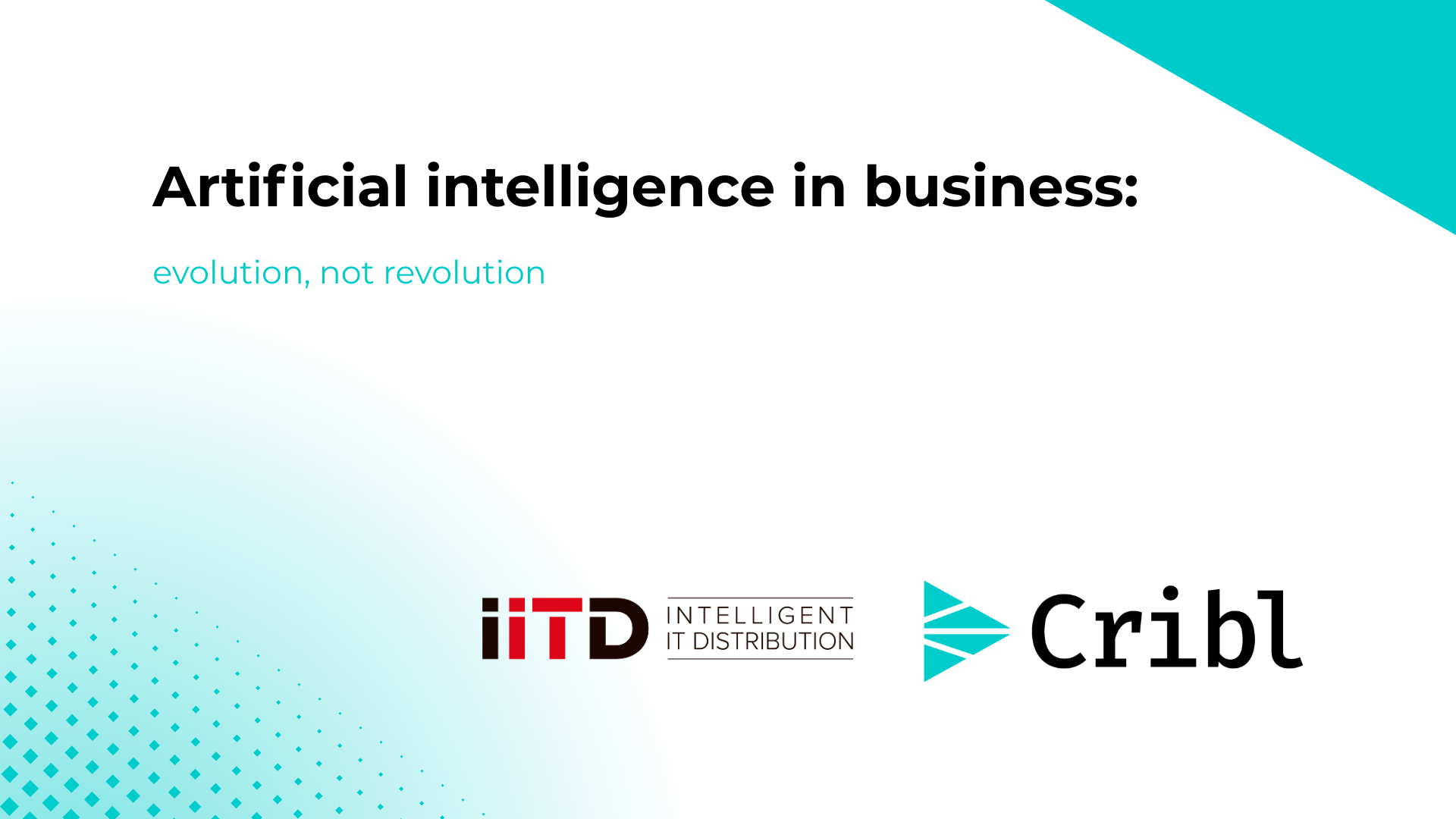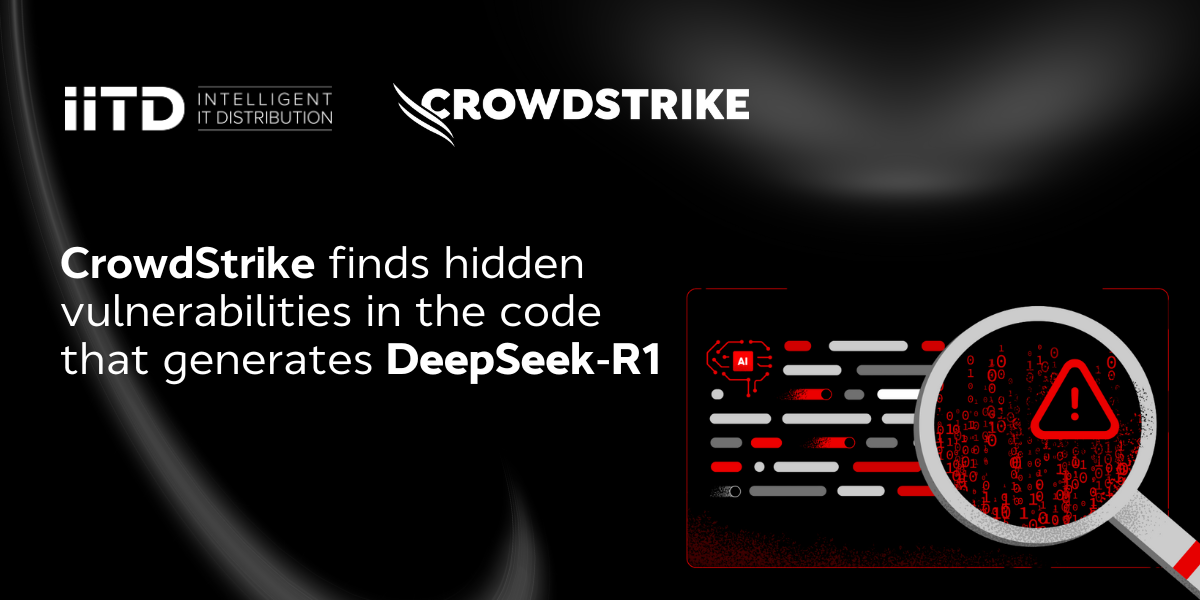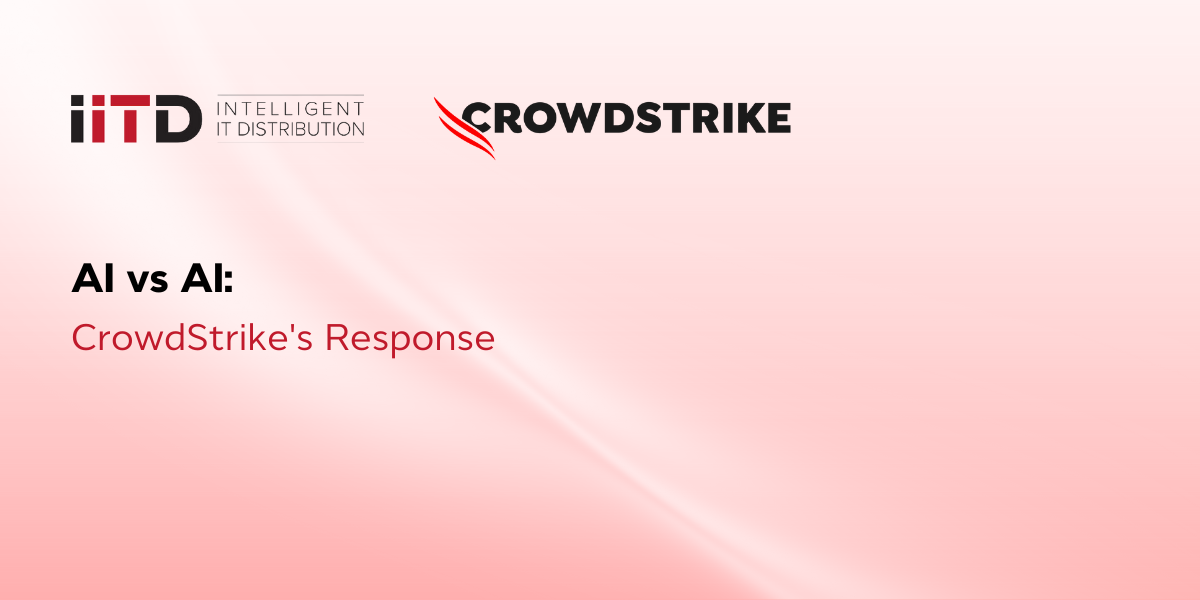1. Portability
Prompting is the most flexible. It is an ideal choice for teams testing different providers or deploying solutions in multiple regions where customer data must not be mixed.
2. Vendor Lock-In
Fine-tuning usually ties you to a specific ecosystem. If long-term independence and control over model behavior are priorities, training from scratch is your path.
3. Cost and Latency
Prompting can be slow and costly due to large contexts. Fine-tuning and training from scratch offer faster and more cost-effective execution.
4. Task-Specific Performance
Fine-tuning is particularly valuable for working with structured formats like SQL or log schemas, as it provides high accuracy and consistency.
5. Speed to First Result
Prompting allows for a prototype to be created in minutes. It’s perfect for hypothesis testing and quick deployment of internal tools.
6. Maintenance Costs
Fine-tuning and training from scratch require ongoing monitoring and updates. If your case is sensitive to data drift, fine-tuning provides flexibility but increases maintenance costs.
7. Regulatory Risks and IP
Prompting avoids many issues since data is not stored. Training from scratch provides the highest level of assurance regarding data management and its location.
8. Development Speed
Prompting allows instant experimentation. It’s the best choice for teams with daily or weekly iterations.
9. Data Requirements
Prompting relies on the model’s pre-learned knowledge. If you already have a quality labeled dataset, fine-tuning becomes the logical next step.
10. Transparency and Audit
Prompting provides visible input data, but the internal logic remains unclear. Training from scratch allows for full traceability and transparency, which is important for audits.






